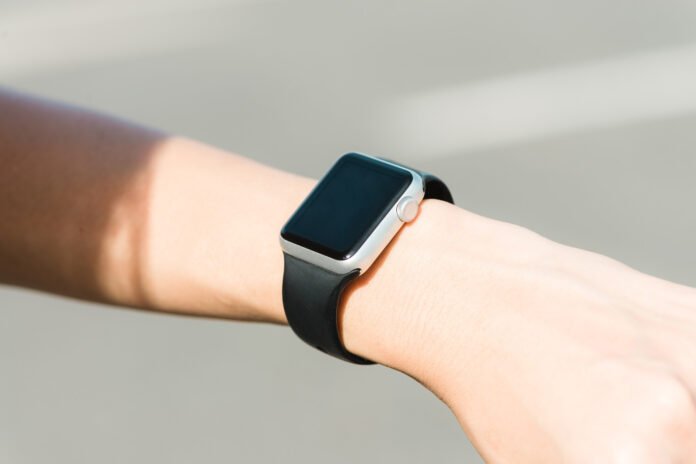Category: Back Pain | Author: Stefano Sinicropi
Wearable technology and smart devices have boomed in recent years as people lean on technology to help improve their health. And while fitness trackers and wearables can be used to improve many different aspects of your health, a number of people are using wearables to enhance the health of their spine. In today’s blog, we explore how new wearable devices can be a gamechanger when it comes to preventing and treating back problems.
Wearables For Back Pain Prevention
Some of these devices have been around for years but have been improved recently, while other wearables are relatively new to the market and offer innovative ways to care for your spine health. Let’s look at some of the most common wearables used to prevent and treat spine issues.
- Smart Back Braces – New back braces have been hitting the market in recent years, and they are much better at targeting specific back issues compared to the older, one-size-seemingly-fits-all braces we had to deal with in the 1970s and 80s. Newer back braces tend to offer a little more flexibility without compromising stability, and they can be more easily adjusted or fitted to a person’s specific size or individual back issue. More specialized back braces are being used to slow or stop the progression of issues like scoliosis or kyphosis, while a more comfortable generalized back brace has become more popular among desk workers and those who want a little extra help keeping their posture in a prime position throughout the day.
- TENS Unit – A TENs unit, which stands for Transcutaneous Electrical Nerve Stimulation, is a wearable set of patches or similar devices that deliver electrical impulses through the skin to stimulate nerves and block pain signals originating in or travelling up the spine. Smarter TENS units can now be controlled by the patient with the push of a button, or can even sense when pain is worsening or alleviating to ensure electrical impulses are delivered more efficiently.
- Biofeedback/Mechanic Tracking Devices – There are also devices available on the market or at specialty clinics that can dive deep into a person’s movement patterns to look for inefficiencies and help them make corrections to ensure certain areas of their body are not overloaded with stress. Many athletes use biofeedback devices to improve their athletic form to help maximize their potential. If your lifting or running form is inefficient, you could be putting your spine at risk of an injury.
- Activity Trackers – Activity trackers like Apple Watches and the Fitbit have been constantly improving over the last decade to track much more than steps. However, at their simplest form, activity trackers can help ensure you’re moving more often throughout the day in order to hit your movement goals, which can aid in weight management. Step counters and these newer activity trackers can make it easier for patients to lose weight or maintain a healthy weight, which can limit stress on the spine.
Contact a Back Pain Specialist
These are just a few of the ways that wearable devices are reshaping how we prevent and treat spine pain, and we’re excited to see how the technology blooms in the future. For help treating your new or existing back pain problem, connect with Dr. Sinicropi and the team at The Midwest Spine & Brain Institute today at (651) 430-3800.
Related

